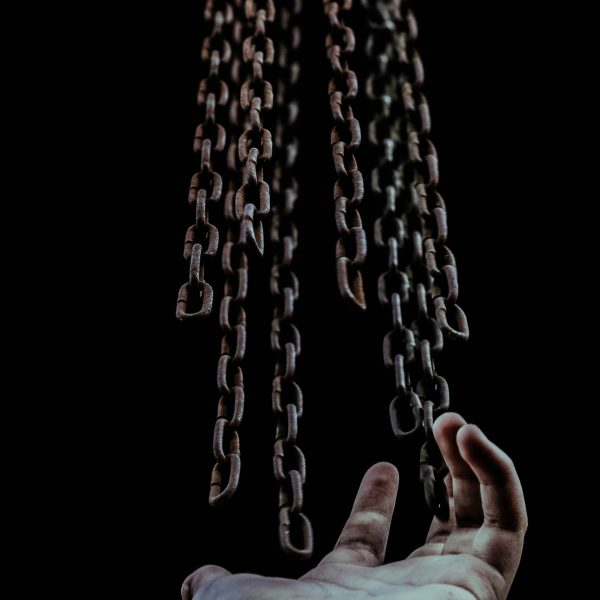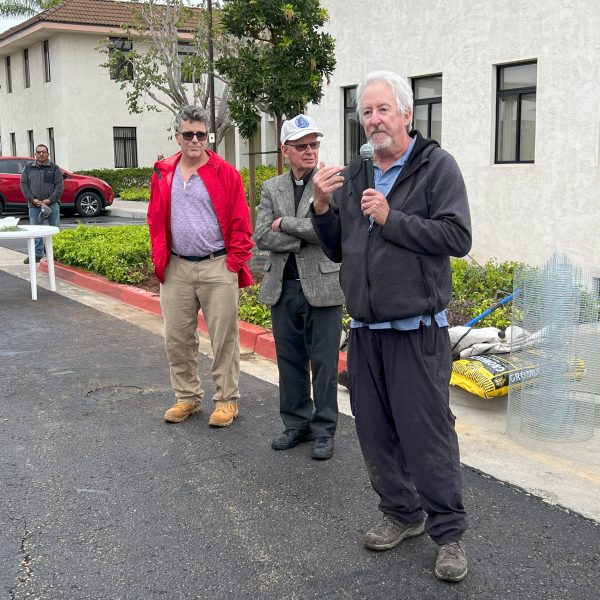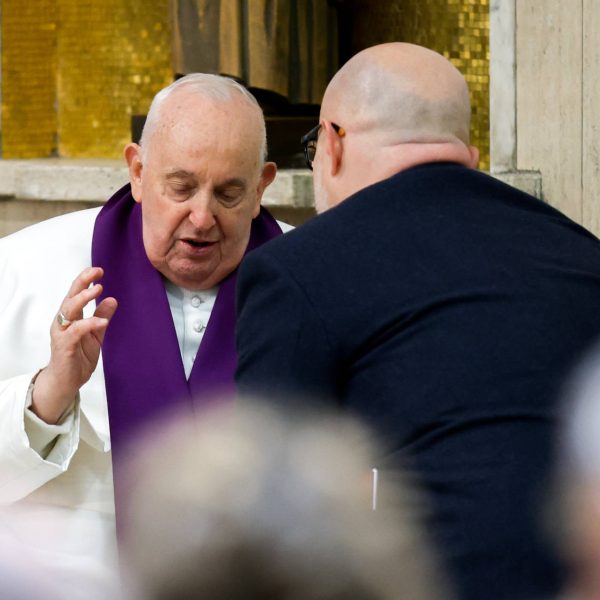Dr. Martin Luther King, Jr. organized the Children’s March in Birmingham, Ala., on May 2, 1963. At the time, that city was known as the most racially segregated in America. Every facet of life was controlled around the concept of keeping blacks and whites separate. Racism was legal, and strictly enforced by law enforcement.
On that May day, more than 1,000 students skipped school to participate in the non-violent march to end segregation. One of them was Marvin Threatt, who was in high school. Today, he’s a retired deacon in the Diocese of San Diego. A founding member of the Diocesan Commission for African American Catholics, he remains active at Holy Spirit Catholic Church. On a recent day, he recalled his experience in the march, whose echoes still reverberate today.
Question: Why did you want to be a part of the Children’s March?
Answer: We knew we had to do something. The ads came on the radio, they wanted young Black people to come to march. They could not ask adults because they could lose their jobs, or face other reprisals. My friends and I decided to go.
How did the organizers prepare you for it?
They showed us how to march, how to link arms. If you were the linchpin person, you had to hold on to your belt, so the others could hold on to you. And they showed us how to protect ourselves. If you were beaten, how to fold up into a ball, to cover your face. Most of all, to be non-violent; not to strike back, even if you were spit on or beaten.
What happened at the march?
We were going to march at 11 a.m. Dr. King was there but I could not see him. I remember what he said, though:
“Walk together children. And don’t you get weary. One day, there’s going to be a great ‘camp meet’ (victory party) in the promised land.”
I was in the first line. I was a tall, skinny kid. I was a linchpin. We started marching. We were all fired up. And we were singing, “Ain’t going to let nobody turn us around.”
And when we got a block away from the entrance of the park, we were met by the police commissioner. There were German shepherd dogs. For the first time, I saw weapons of mass destruction. State troopers cradling double-barreled shotguns. Fire engines, the motors running. I heard that voice, “This is an illegal march. Return to your homes.”
When I saw the dogs, and the weapons, I can tell you that I was terrified. And I stopped. But the kids behind me kept pushing. They did not see what I saw. We kept getting closer. When we got to a certain point, the commissioner gave the order, “Let the dogs loose!”
And that was the worst thing I remember. When the kids started running, screaming, the dogs would knock you down, begin to tear the flesh from your body. Then they would turn the fire hoses on you. The water would give you third-degree burns, and spin you around like a top.
What happened if you were captured?
They rounded us up. And when they got you, they beat the daylights out of you. They took us to jail. But we kept singing.
They kept us four or five hours, and let us out. And the next day, another group of kids, and the next day, another group of kids. I went twice, and the same thing happened both times. I didn’t recognize how important it was then, but I am glad now that I did my part.
What did the march accomplish?
Dr. King’s work was successful. The children got to the point that when they encountered the state troopers again, they somehow gave way, and the kids just walked into the park. And that ended the stalemate.
The next year, Congress passed the Civil Rights Act and, the following year, the Voting Rights Act. Those two acts changed life in America fundamentally. Every American was impacted by them, not just Black people but Whites, women, Asians, and so on. So many people benefitted from the Civil Rights Act because it said that all Americans were now entitled to equal protection and equal accommodation in all aspects of life. That eliminated segregation.
Being a part of the Children’s March was significant. I didn’t recognized it at the time, but I knew that I had to be a part of it. We were ready to do it, we were happy to do it.



